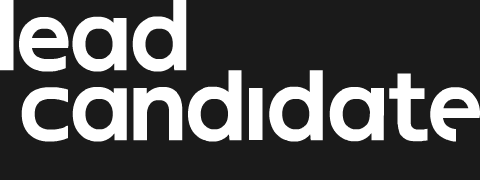
Boston opens its doors to BIO 2023 – by Andrew Mears
15.06.23 BlogThe BIO International Convention landed in Boston last week, with 15,000 exhibitors and attendees from across the global biotech and pharma ecosystem.
The wet weather ☔, and first day registration challenges (#badgegate) initially tested resolve, but ultimately did not dampen the mood!
From entrepreneurial start-ups to some of the biggest names in the industry to academia and economic development, the BCEC was full.


Despite its scale, I struggled to walk 50 feet without bumping into someone I knew. And here we have my first takeaway: Despite the size and global nature of the industry, its community led, with friendships formed from decades of collaboration and partnership.
That’s why I think there will always be a place for in person events. For friends to meet over a beer (or your first ever spicy margarita, to share a breakfast with partners, or to simply drop by a booth for a quick hello. In my view, our industry needs these personal interactions, for its continued success.


My second takeaway is temperature checking. And I don’t mean the weather. I met with the finance community, shareholders, and investors, who were all using the event to gauge the market for themselves.
The first half of this year has been turbulent, with increasing costs, inflationary pressures, and other well publicised headwinds. I found it interesting, and positive, that those with experience saw fit to invest the time and energy to use this event to see what’s going on in the market for themselves.
And what did they find I hear you say? Well, it varied. If you imagine the classic bell curve, 20% saw continued tough times ahead, 20% were overwhelmingly positive, and 60% remained squarely in the middle, with their own blend of cautious optimism.
The 60% community have been reluctant to act, and it is that inaction, with decisions delayed, project timelines slowed, that has perpetuated a sense of nervousness. What was consistent from all however, was that there is opportunity. But how you navigate those opportunities in today’s operating environment, is the difference between success and failure.


My next takeaway is around shared ambition. The extent and depth of innovation, with the aim of bringing more therapies to patients was truly inspiring. From research to development to manufacturing to supporting services, the work being done by these organisations is going to transform people’s lives. I think that shared goal and operating landscape, drives partnership and collaboration. More so than in other industries.
My final observation unsurprisingly is talent related. We work in the science industry. As the strapline for the week declared #StandUpForScience. But talking to those who live and breathe this industry, the thing they are most proud of are its people.
The organisations I spent time with spoke of continuing to hire great talent to support growth, albeit at a slower pace, but spoke more about evaluating their talent mix and changing where needed.
Whereas previous years were about getting enough people on the bus 🚌, there is a shift to “do we have the right people on the bus?” or “are those on the bus in the right seat?”
Talent shortages continue to be a topic of concern. Very simply there are more opportunities in the sector than there are people. So, no matter how good your talent acquisition strategy is, the pressure on the sector remains the same. And we are simply passing the problem onto someone else in the ecosystem.
I talked at length with people about the need to diversify our approach to solving the talent conundrum.
We need to make the opportunities in our sector more attractive to the younger generation, so our future talent pipelines are keeping pace with the volume of demand.
We must have more routes to the sector. Employers need to consider investing in conversion programs and/or qualifications that allow people to transition from other industries.
At an international and national level, we need more help from Governments to drive the skills agenda, with closer collaboration, policy development and investment.
I acknowledge, many of these initiatives will not solve the immediate talent issues. My point is the talent demands are not going anywhere, so we need to be building multi-faceted strategies to talent that address the long term as well as the short term.


Overall, BIO was a great event. My thoughts can be summarised:
- Our industry is built on relationships as much as amazing science. So, invest the necessary time and energy.
- Gauge the market for yourself. Listen to as many people as you can and draw your own conclusions.
- That shared industry ambition is some powerful fuel.
- The talent conundrum is a clear and present danger that is with us for the long term. It needs creativity and initiative at an industry level to satisfy demand.
If you are considering making the investment to attend BIO next year, I would encourage you to do so. The time I spent with friends, contacts and partners was invaluable. I learnt more about the industry, straight from the horse’s mouth. And while I am sure the months ahead will not be straightforward; I am positive about what the future will bring.
Just make sure you don’t wear new shoes! 👞

